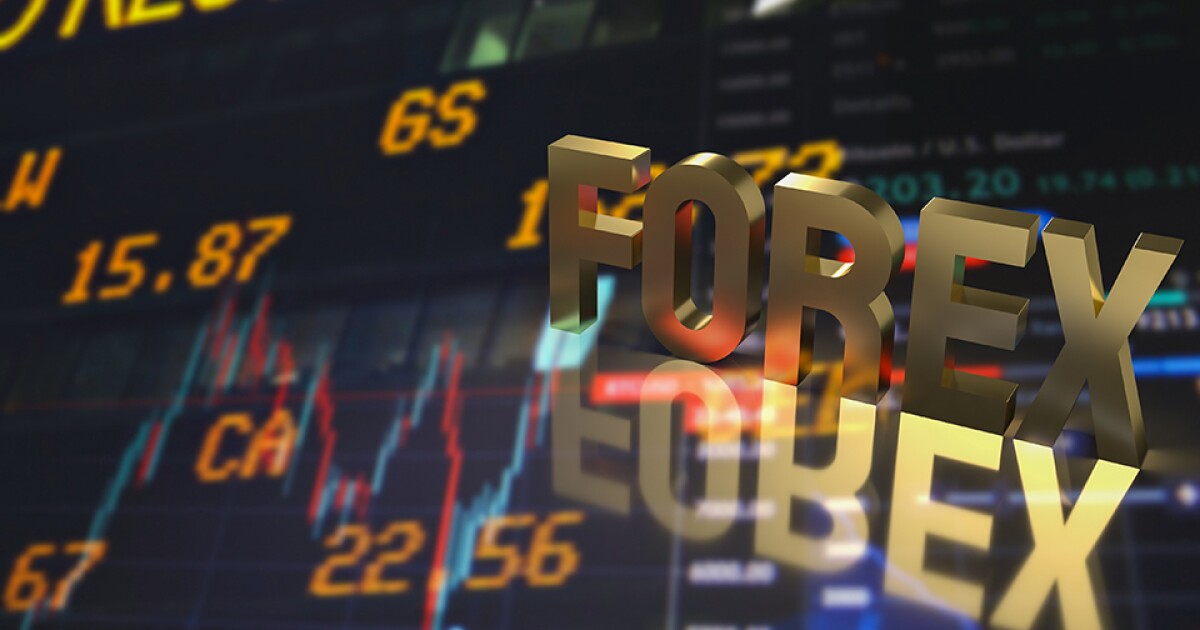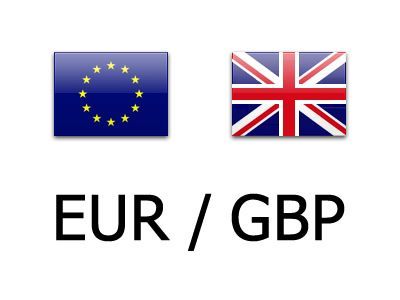FX volatility indices: useful or not?

Illustration: iStock
There is no single measure of implied volatility for FX markets, unlike those that exist for the S&P500 or for US interest rates. To fill the gap, banks build their own proprietary indices, such as the JPMorgan global FX volatility index and Deutsche Bank’s Currency Volatility Index (CVix), using option pricing to measure implied volatility for certain currencies.
“There is value in this for various reasons, including understanding the probabilities behind the degree of price volatility expected in certain currencies, which may be useful for those needing to hedge,” says Joe Tuckey, head of FX analysis at Argentex, a London-listed currency broker. “For speculators, it can be a source of revenue generation – such as buying options when volatility is low for a subsequent increase in volatility, and vice versa.”
JPMorgan and Deutsche Bank declined to comment for this article.
Key characteristics of an index in any asset class is that it be both investable and transparent.
“In FX, this means that the underlying currencies are liquid and relevant and the index calculation is clear – whether using realised or implied volatility, a one-month or one-year time period, or equal or volume weighting,” says Ben Laidler, global markets strategist at trading platform eToro.
This article was originally published by a www.euromoney.com
Read it HERE







